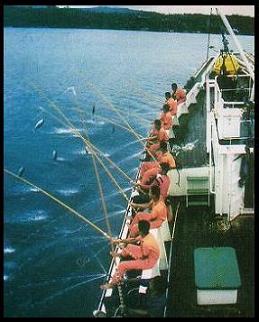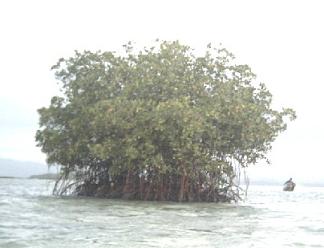
 |
|
Indonesia’s Marine Environment and
|
|---|
| For convenience of both reporting and presenting recommendations, this Report will present Indonesia’s biodiversity through a composite based on the following major islands or island groups: Kalimatan (Indonesian Borneo), Sumatra, Java, Nusa Tengggara, Maluku, Sulawesi and Papua. Smaller islands and coastal marine areas for the archipelago will be associated with these above island(s). This will facilitate the selection of conservation actions that are both for the entirety of Indonesia and for specific islands or seas in the archipelago. Further, some of the above islands have similarities with those that are biogeographically closer. For this reason, Kalimantan, Sumatra and Java will be grouped under Sundaland. Kalimantan will be dealt with in slightly more detail because many of the statements on its biota will also apply to Sumatra and Java. The same will be true of the Wallacean islands, although Sulawesi will be dealt with in slightly more detail. |

|
|---|
Mangroves |
|---|
Source : Report on Biodiversity and Tropical Forests in Indonesia, USAID/Indonesia, 2004. Prepared by : (1) Steve Rhee, M.E.Sc. (2) Darrell Kitchener, Ph.D. (3) Tim Brown, Ph.D. (4) Reed Merrill, M.Sc. (5) Russ Dilts, Ph.D. (6) Stacey Tighe, Ph.D. |
 |
 |
|---|
|
|||||||||||||||||||||||||||
|---|---|---|---|---|---|---|---|---|---|---|---|---|---|---|---|---|---|---|---|---|---|---|---|---|---|---|---|
|
|
|||||||||||||||||||||||||||